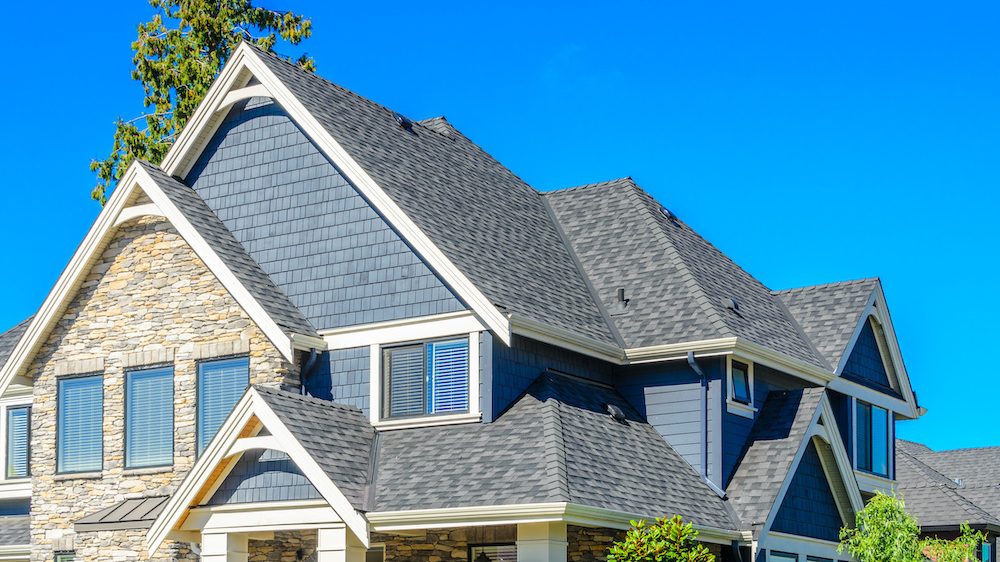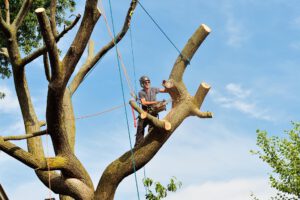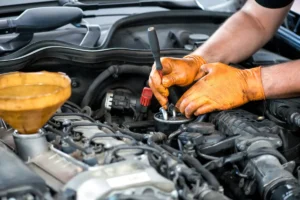
Roofing warranties provide homeowners with peace of mind by offering protection against defects in materials and workmanship. However, it’s essential to understand the coverage and limitations of these warranties to ensure adequate protection for your investment. In this guide, we’ll explore the key aspects of roofing warranties to help homeowners make informed decisions. Click here https://dutchmarkcontractors.com/roof-repair/.
- Types of Roofing Warranties:
- Manufacturer’s Warranty:
Manufacturer’s warranties cover defects in the roofing materials themselves, such as manufacturing defects or premature deterioration. These warranties typically vary in duration, with some offering coverage for 20 to 50 years or more. Manufacturer warranties may also include prorated coverage, meaning the coverage decreases over time.
- Workmanship Warranty:
Workmanship warranties, also known as contractor warranties, cover defects in the installation or workmanship of the roofing system. These warranties are provided by the roofing contractor and typically range from one to ten years. Workmanship warranties ensure that the roofing installation meets industry standards and is free from defects that could compromise performance.
- Coverage:
Material Defects:
Manufacturer’s warranties typically cover defects in roofing materials, including defects in shingles, underlayment, flashing, and other components. Coverage may include issues such as cracking, splitting, curling, or premature deterioration of the materials.
Workmanship Errors:
Workmanship warranties cover errors or defects in the installation process, such as improper flashing installation, inadequate ventilation, or poor seam sealing. These warranties ensure that the roofing system is installed correctly and functions as intended.
- Limitations:
- Exclusions:
Roofing warranties often contain exclusions for certain conditions or circumstances, such as damage caused by extreme weather events, acts of God, or improper maintenance. It’s essential to review the warranty document carefully to understand what is and isn’t covered.
- Proration:
Some warranties may include proration clauses, which reduce the coverage amount over time based on the age of the roofing system. This means that the homeowner may be responsible for a portion of the repair or replacement costs after a certain number of years.
- Maintenance Requirements:
Many warranties require regular maintenance to remain valid. This may include inspections, repairs, or cleaning performed by a qualified roofing contractor. Failure to adhere to maintenance requirements could void the warranty.
Conclusion:
Understanding the coverage and limitations of roofing warranties is essential for homeowners seeking protection against defects and issues with their roofing system. By reviewing warranty documents carefully, clarifying any questions or concerns with the manufacturer or contractor, and following maintenance guidelines, homeowners can ensure that their roofing investment is adequately protected for years to come. Get more information https://dutchmarkcontractors.com/roof-repair/.








